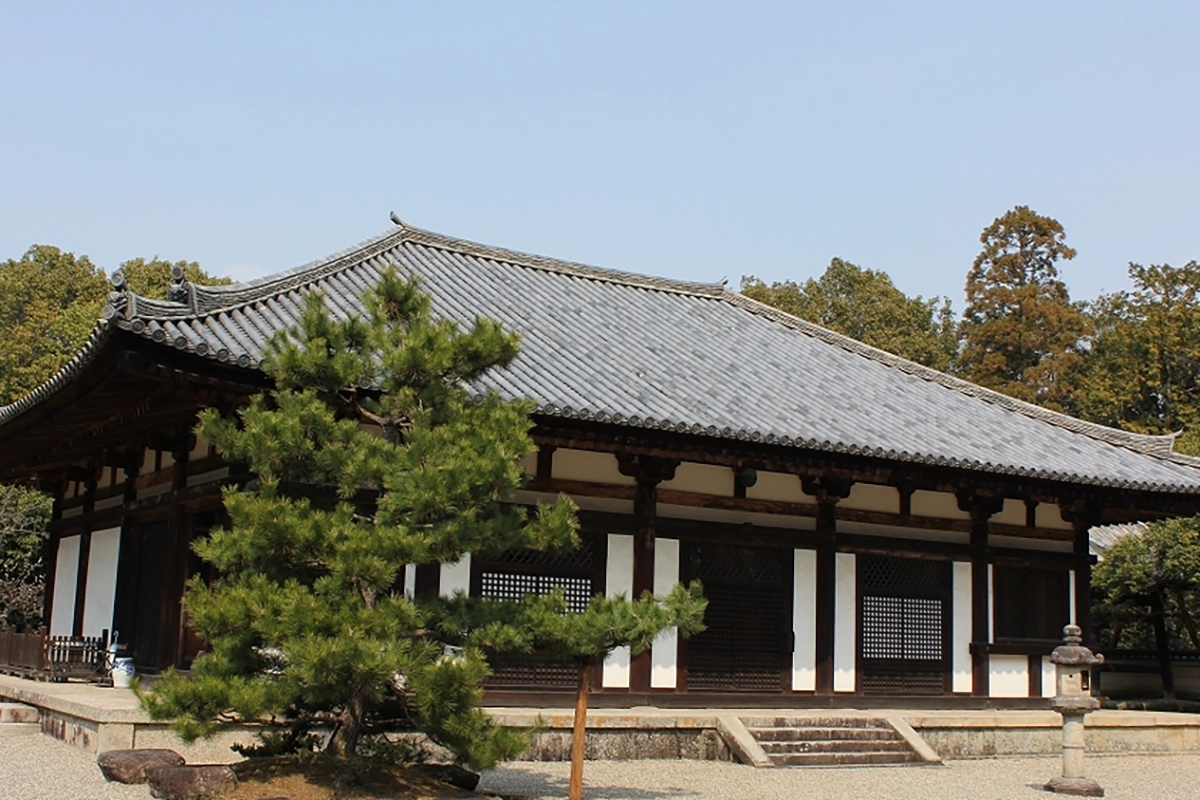Tranquil Beauty Amidst Centuries: Akishino-dera Temple’s Moss Garden
Nestled in the heart of Japan’s cultural tapestry lies Akishino-dera Temple, a timeless sanctuary that bears witness to over a millennium of history. The temple, established in 780 by the revered Emperor Konin, and gracefully rebuilt following a tumultuous fire in the 12th century, stands as a testament to Japan’s enduring spiritual legacy. But it’s the temple’s Moss Garden that truly steals the limelight, offering an enchanting respite from the rush of modern life.
Akishino-dera’s reputation as a cultural treasure is inseparable from its lush natural surroundings, with the moss garden being its crown jewel. This serene haven beckons to seekers of tranquility, history enthusiasts, and curious travelers from around the world. As one approaches the temple, the dense verdant foliage and moss-covered stones whisper secrets of centuries gone by, inviting visitors to embark on a journey through time.
The moss garden at Akishino-dera is a symphony of green, a harmonious marriage of nature and human artistry. Tenderly cared for, it radiates an ambiance of serenity that captivates all who wander its hallowed grounds. Visitors are met with an array of emerald hues that carpet the garden floor, reminiscent of an ancient, forgotten world. The moss seems to breathe life into the temple’s stones, imbuing them with a timeless wisdom. As you stroll through this ethereal landscape, the soft babble of a nearby stream provides a soothing backdrop, offering a melody that resonates with the temple’s sense of stillness.
One of the most esteemed structures at Akishino-dera is the Hondō, a National Treasure that exemplifies the elegant Wayō architectural style. It stands as a testament to Japan’s rich cultural heritage, drawing visitors into the temple’s historical embrace. The Hondō, a masterpiece of design, is a five by four bay building. A raised platform, earthen floor, and a tiled hipped roof grace its exterior, showcasing architectural refinement. The slightly narrower intercolumniation at each end lends it an air of grace and balance. The Hondō, constructed on the former lecture hall’s site, offers a glimpse into the Kamakura period’s architectural excellence. Step inside, and a raised altar platform, backed by a three-bay-spanning internal wall, welcomes you into its sacred space. This structure, an architectural marvel, was dismantled for repair and reconstruction in 1899, preserving its resplendent beauty for generations to come.
Beyond its architectural prowess, Akishino-dera’s history is an enthralling narrative that extends over a thousand years. Founded in 780, the temple’s origins can be traced back to Emperor Konin, who envisioned it as a sanctuary to enshrine a revered statue of the Eleven-Headed Kannon Bodhisattva. Over the centuries, the temple has endured the trials of time, including a devastating fire in the 12th century that led to its meticulous reconstruction. As a testimony to its significance, Akishino-dera has attracted the patronage of illustrious figures throughout history, including the prestigious Tokugawa Shogunate.
In the embrace of Akishino-dera, history breathes, nature flourishes, and serenity reigns supreme. This venerable temple’s Moss Garden stands as a testament to Japan’s enduring heritage, offering visitors a unique opportunity to immerse themselves in its timeless beauty. Whether you seek the solace of ancient history, the charm of architectural elegance, or the tranquil serenity of a moss-covered world, Akishino-dera Temple’s Moss Garden is an experience that will etch itself into your memory, leaving you with a profound appreciation for Japan’s cultural treasures. In the heart of this mossy sanctuary, time stands still, and the spirit of Akishino-dera lives on, an eternal testament to the enduring allure of Japanese tradition.
